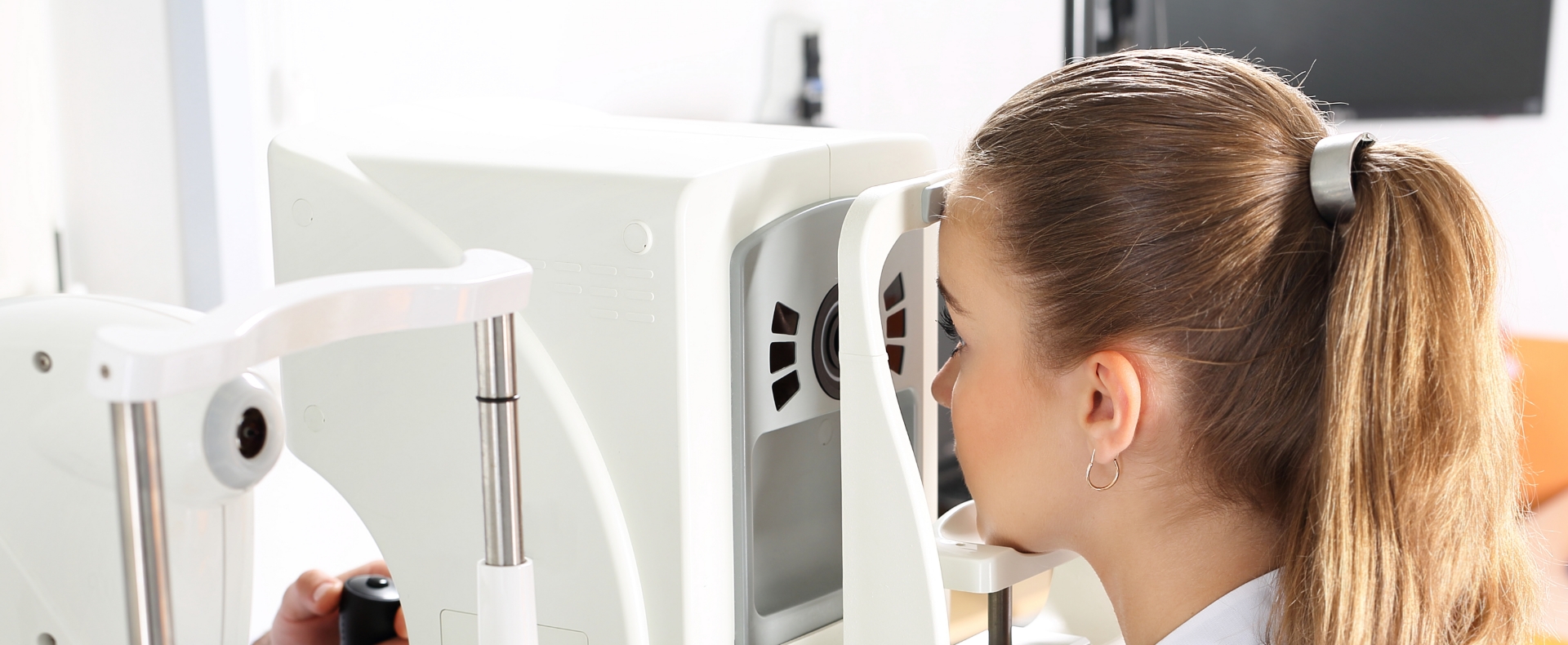Glaucoma Testing in Edmonton
What is Glaucoma?
It’s often associated with a buildup of pressure inside the eye. Glaucoma tends to be inherited and you should get yourself checked if others in your family have been diagnosed with this disorder. Over time, glaucoma will cause permanent loss of vision and without treatment, glaucoma can cause total permanent blindness within a few years.
What is a Glaucoma test?
Glaucoma testing involves measuring internal eye pressure and a detailed scan of the retina for signs of disease.
Only a comprehensive eye exam can reveal whether or not you have glaucoma. Increased pressure inside the eye is often a key indicator of glaucoma, though not exclusively so.
Eye doctors can use a number of tests for eye pressure but will, by default, check for signs of glaucoma as part of a detailed exam
An examination of the retina—the light sensitive area at the back of the eye responsible for processing images is only the true way you will know you have Glaucoma.
How Does Glaucoma Testing Work?
Glaucoma testing is a crucial component of comprehensive eye examinations, designed to evaluate the health of the optic nerve and assess intraocular pressure, a key factor in this progressive eye condition. The procedure typically involves a series of painless and non-invasive tests, such as tonometry to measure eye pressure, visual field testing to identify potential peripheral vision loss, and optical coherence tomography (OCT) to capture detailed images of the optic nerve and retinal layers. These assessments aid in the early detection of glaucoma, a condition characterized by elevated intraocular pressure and gradual optic nerve damage, often leading to irreversible vision loss if left untreated. Regular glaucoma testing is particularly important for individuals at higher risk, such as those with a family history of the disease or individuals over the age of 60, enabling timely intervention and the preservation of long-term visual health.
Are you at high risk for Glaucoma?
- If you are over the age of 40 and if you have a family history of glaucoma.
- GRF recommends that African-Americans get a thorough check for glaucoma every one to two years after age 35.
- Talk to family members about glaucoma. If family members have glaucoma, then your glaucoma risk is increased.
- If you have diabetes or high blood pressure.
- Hispanic Americans in older age groups are also at greater risk for glaucoma.
- Steroid Users – adults who require approximately 14 to 35 puffs of steroid inhaler to control asthma have an increased incidence of glaucoma.
- Eye Injury – Injury to the eye may cause secondary open-angle glaucoma. This type of glaucoma can occur immediately after the injury or years later.
